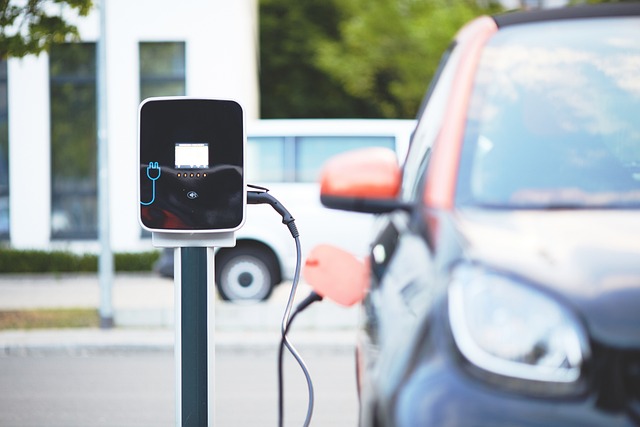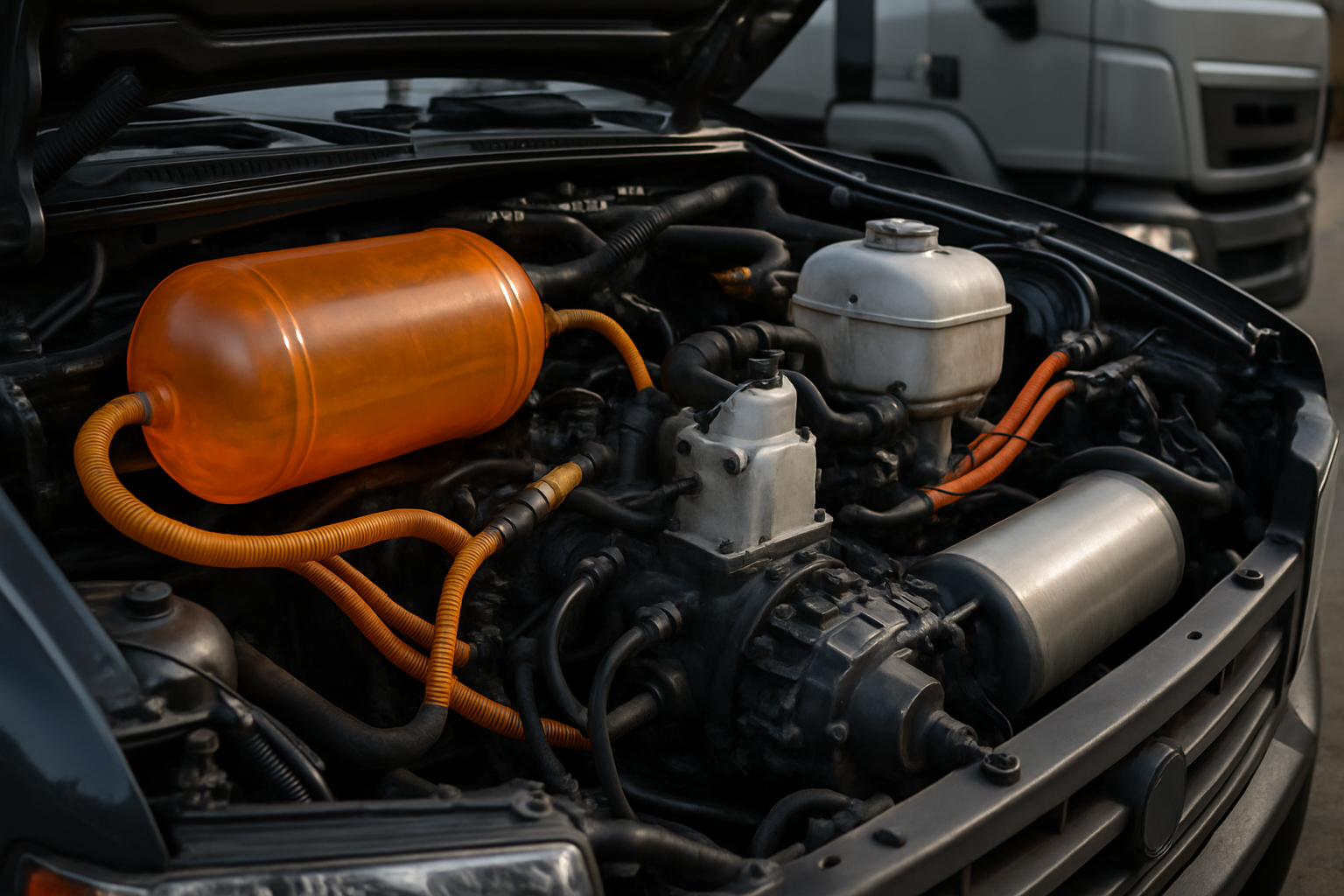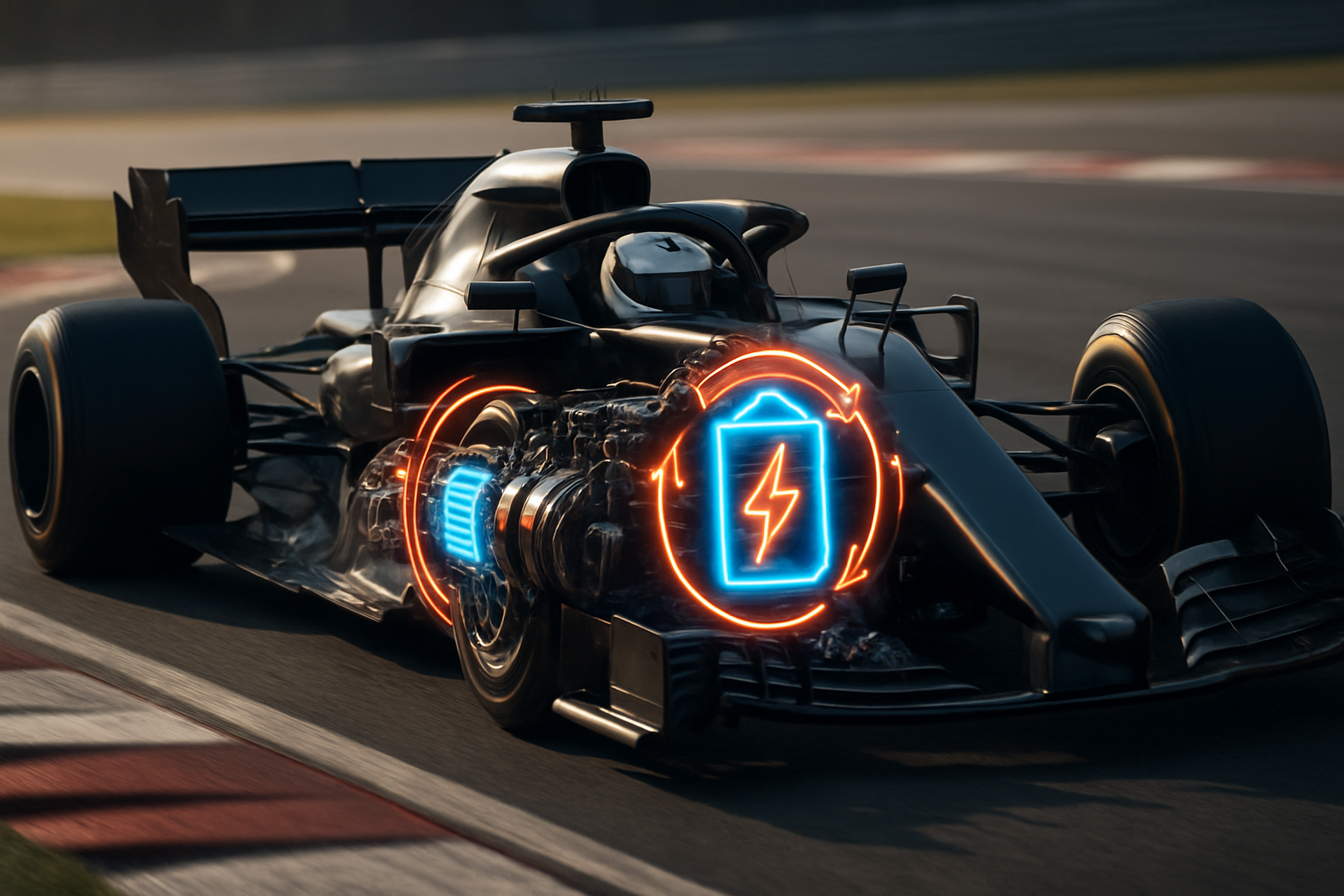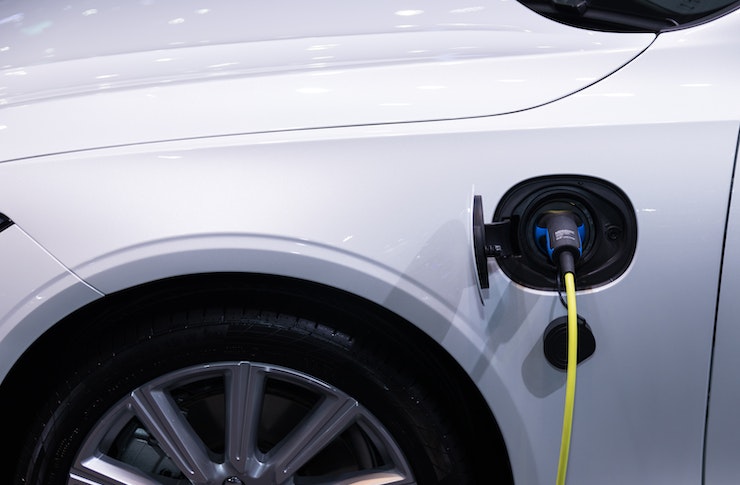Sustainable Marine Transportation Revolution Transforms American Waterways
America's waterways are experiencing a remarkable transformation as innovative marine technology reshapes how we navigate lakes, rivers, and coastal waters. This shift represents more than just technological advancement; it embodies a fundamental change in how communities, businesses, and recreational users approach water transportation. From quiet morning fishing trips to commercial ferry operations, this evolution is creating new possibilities for cleaner, more efficient marine experiences while addressing growing environmental concerns across the nation's diverse aquatic ecosystems.

The marine transportation industry across the United States is witnessing unprecedented innovation as environmental consciousness meets cutting-edge technology. This transformation is reshaping everything from recreational boating to commercial marine operations, offering Americans new ways to experience their waterways while reducing environmental impact.
How Electric Boats Are Changing American Waters
Electric boats represent a significant departure from traditional marine propulsion systems. These vessels utilize advanced battery technology and electric motors to provide silent, emission-free operation on water. Unlike conventional boats that rely on internal combustion engines, electric boats produce zero direct emissions, making them particularly attractive for environmentally sensitive areas such as national parks, wildlife refuges, and urban waterways where noise pollution has become a growing concern.
The technology behind these vessels has evolved rapidly, with lithium-ion batteries now offering sufficient range and power for various applications. Modern electric boats can operate for several hours on a single charge, with some commercial vessels achieving ranges exceeding 100 miles. The instant torque delivery of electric motors also provides superior performance characteristics, offering smooth acceleration and precise control that many boaters find superior to traditional engines.
Electric Boats US Market Growth and Adoption
The United States market for electric marine vessels has experienced remarkable growth over the past decade. Coastal states like California, Florida, and Washington have emerged as early adopters, driven by stringent environmental regulations and strong consumer demand for sustainable alternatives. Lake communities across the Midwest and mountain states have also embraced this technology, particularly in areas where noise restrictions limit traditional boating activities.
Manufacturers have responded to this demand by developing diverse product lines ranging from small recreational craft to large commercial vessels. The market now includes electric pontoon boats, fishing boats, water taxis, and even luxury yachts. This diversity has made electric propulsion accessible to various user groups, from weekend recreational boaters to commercial operators seeking to reduce operational costs and environmental impact.
Electric Boats USA Infrastructure Development
The growth of electric marine transportation has necessitated significant infrastructure development across American waterways. Marinas and harbors are increasingly installing charging stations specifically designed for marine applications. These charging systems must withstand harsh marine environments while providing reliable power delivery to vessels with varying electrical requirements.
Cities like Seattle, San Francisco, and Miami have invested heavily in electric boat infrastructure, recognizing the potential for reduced air and noise pollution in urban waterways. The federal government has also supported this transition through various grant programs and incentives, helping smaller communities develop the necessary infrastructure to support electric marine transportation.
Environmental Impact and Benefits
The environmental advantages of electric marine propulsion extend beyond simple emission reduction. Electric boats eliminate the risk of fuel spills, a significant concern in sensitive aquatic ecosystems. They also reduce underwater noise pollution, which can disrupt marine wildlife behavior and communication patterns. Studies have shown that electric boats can operate in areas previously off-limits to motorized vessels due to environmental protections.
Water quality benefits are particularly notable in enclosed bodies of water such as lakes and bays, where traditional boat emissions can contribute to air quality problems and acid rain. The silent operation of electric boats also enhances the recreational experience, allowing users to enjoy natural sounds and wildlife encounters that would be impossible with conventional engines.
Cost Analysis and Market Comparison
Understanding the financial aspects of electric boat ownership requires examining both initial investment and long-term operational costs. While electric boats typically carry higher upfront costs compared to conventional vessels, reduced fuel and maintenance expenses can offset this difference over time.
| Boat Type | Provider | Cost Estimation |
|---|---|---|
| Small Electric Recreational | Torqeedo | $15,000 - $35,000 |
| Electric Pontoon Boat | Bennington | $45,000 - $85,000 |
| Electric Water Taxi | Pure Watercraft | $75,000 - $150,000 |
| Electric Fishing Boat | Bass Boat Technologies | $25,000 - $60,000 |
| Luxury Electric Yacht | X Shore | $200,000 - $500,000 |
Prices, rates, or cost estimates mentioned in this article are based on the latest available information but may change over time. Independent research is advised before making financial decisions.
Operational cost savings can be substantial, with electricity typically costing significantly less than marine fuel. Maintenance requirements are also reduced since electric motors have fewer moving parts than internal combustion engines. However, battery replacement costs must be factored into long-term ownership calculations, as marine batteries typically require replacement every 5-10 years depending on usage patterns.
Future Outlook and Technology Trends
The future of electric marine transportation in the United States appears increasingly promising as battery technology continues improving and costs decline. Emerging technologies such as hydrogen fuel cells and solar integration are expanding the possibilities for zero-emission marine transportation. Autonomous electric vessels are also being developed for specific applications such as cargo transport and environmental monitoring.
Government policies at federal and state levels increasingly favor clean transportation technologies, with several states implementing incentive programs for electric boat purchases. The Biden administration’s focus on clean energy and climate change mitigation has created additional momentum for electric marine transportation adoption.
The transformation of American waterways through sustainable marine transportation represents a significant shift toward environmental responsibility without sacrificing recreational and commercial opportunities. As technology continues advancing and infrastructure expands, electric boats are positioned to become an increasingly common sight on waters across the United States, offering cleaner, quieter, and more sustainable ways to enjoy America’s vast aquatic resources.




